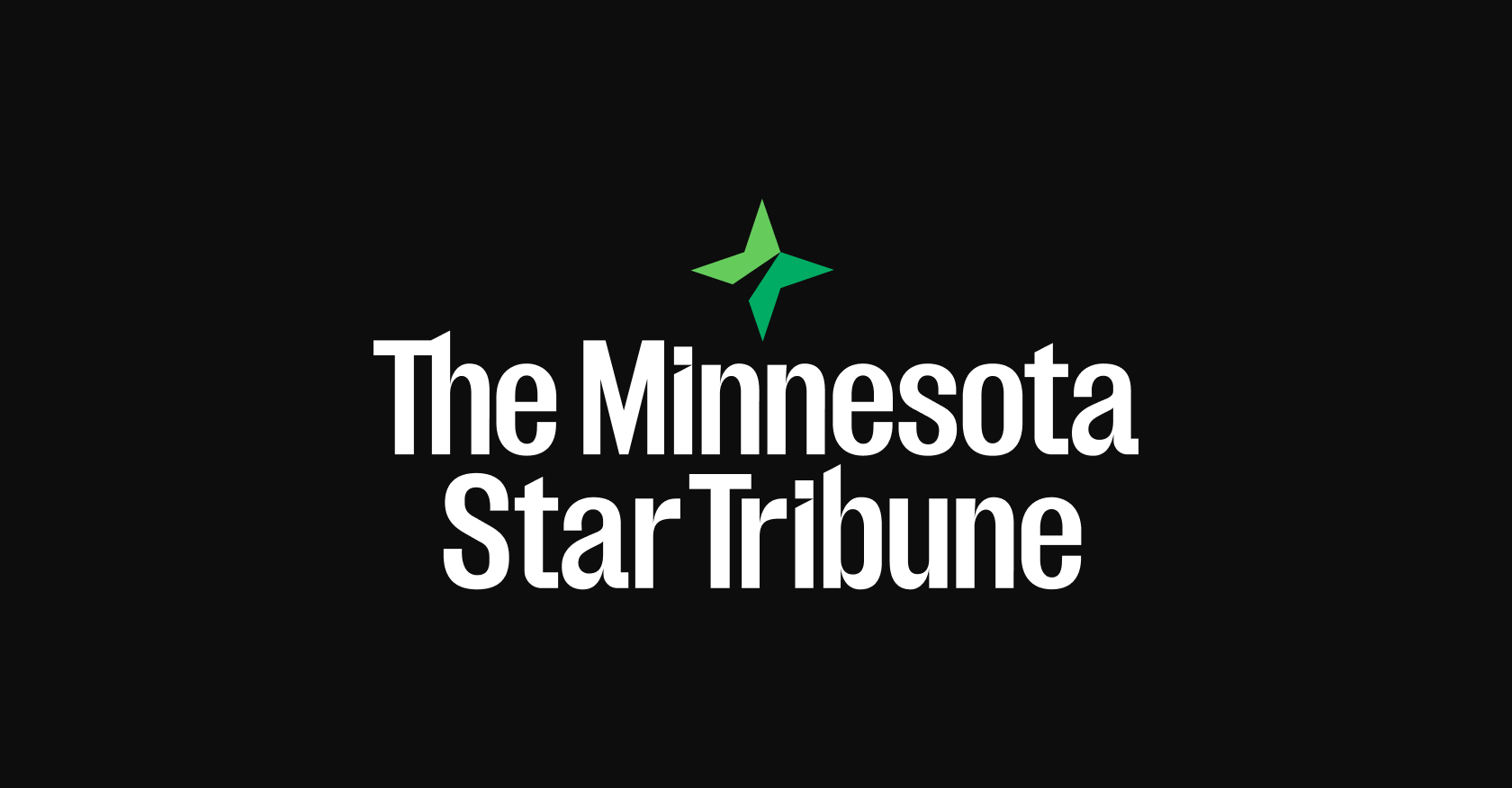Copyright Inc. Magazine

AI is a divisive technological innovation. Its boosters insist it is merely a useful force multiplier for the average worker, able to take on menial tasks while they get down to more productive work. But AI critics point to its unreliability, risks, and the existential threats it embodies for entry-level workers. A new study reframes the debate, suggesting whether AI empowers or oppresses the workforce actually depends on how management decides to implement the technology. That may call for reconsidering your own efforts to roll out AI tech at your company. The study, from researchers at the U.K.’s University of Surrey, looked at AI use across a variety of industries, including professionals in the hospitality industry, in hotels, restaurants and call centers. Its conclusions were clear: AI isn’t used to displace management-level staff, but it does “redistribute authority,” science news site Phys.org notes. AI tools are used to help decision making, and other more mundane office duties like performance reviewing and task scheduling, but the impact on the workforce of these AI tools then depended on how the human managers reacted to the AI’s suggestions. It boils down to whether managers use AI tool outputs for boosting team working, or if they use it to steer their staff with a top-down approach. Professor Brana Jianu, one of the study’s co-authors, explained that if managers “use algorithms as tools for collaboration rather than control, they can protect employee dignity while still improving efficiency.” In the hospitality industry, “unlike robots, which physically replace human labour, algorithmic management is reshaping how hospitality work is governed and experienced,” the report notes, meaning that AI is quietly, secretly “reconfiguring hierarchies and decision-making in less visible but equally transformative ways.” Featured Video An Inc.com Featured Presentation It’s this quiet, secret aspect that may be the key to getting the best out of AI tools. The researchers found that if managers were open about the AI use, explaining the context and what they were looking for, and they also gave staff power to question the AI’s directions, staff were likely to “feel empowered and respected,” Phys.org says. But if managers were more reluctant to share the logic behind their AI use and how the systems’ outputs flowed from the queries they entered in, then workers were more likely to “feel surveilled and powerless.” You could simplify this to being a technological parallel of two different managerial styles: the open AI use being akin to the “we’re all in this together” leadership style, and the more controlling AI use being better aligned to managers who argue that “it’s my way, or the highway.” What’s the lesson here for your company? You may think, after all, that your teams are using AI in fabulous ways, and they’re functioning well as a team. The advice from the researchers is pretty direct: if you want AI to empower your workforce, it’s important to think of how you can “humanize” it, keeping humans very much in the decision-making loop. The danger of using AI as a behind-the-scenes managerial tool is that you may unsettle your workforce, which could impact happiness and engagement (not least because workers may worry you plan to replace them with AI). This could impact your long-term productivity and profitability. Study co-author Iis Tussyadiah, Dean of Surrey Business School, suggested one trick would be to “design dashboards that show not just individual productivity, but team collaboration” which would allow “employees to challenge or amend” AI automated decisions, Phys.org notes. Savvy AI-using managers could also carry out transparency sessions, explaining how the data is being used to make company decisions. The implications are bigger than the hospitality industry, Tussyadiah said, and you could view it as a testing ground for how managers and AI interact. Ultimately it comes down to your thinking and leadership style. Use AI in a transparent, human way and make it clear that you still trust your workers’ judgement and expertise by allowing them input, and you may find you boost your staff engagement.



